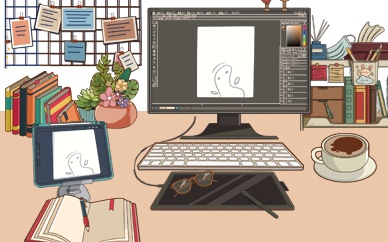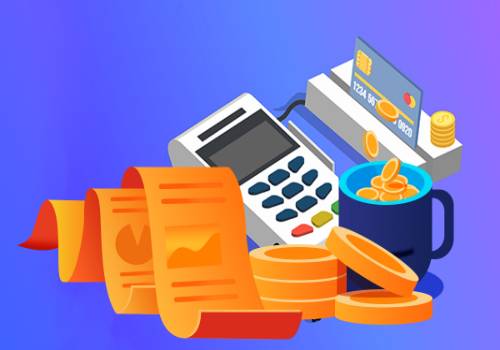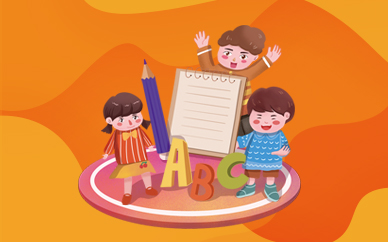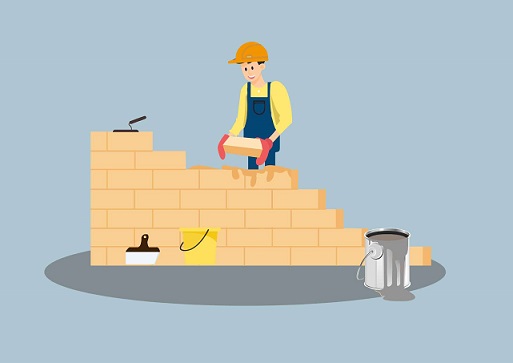世界球精选!必读干货!“自然拼读法” 如何助力学生英语学习? | Phonics at BMH
(swipe left for English)
在BMH,我们重视家校沟通与家校合作。通过细致的沟通、有趣的亲子活动,学校和家长能共同促进学生的最优化发展,实现1+1大于2的效果。学校两周一次的“咖啡晨会”会邀请各位家长来到学校,旨在分享学校不同学科的课程设计,让家长与老师面对面交流,从而更好地支持学生成长。
我们的上一场咖啡晨会由英语组与家长们分享了“自然拼读法”的相关内容,家长们也在现场体验了不同阶段自然拼读课程的相关课程内容,相信大家都对这个课程有了更深刻的理解。以下是英语组关于自然拼读法的分享,让大家可以在家帮助孩子们巩固学习。
 (资料图片)
(资料图片)
自然拼读法是培养英语阅读、写作和拼读能力的基础。Twinkl自然拼读法是综合全面的课程内容,经英国教育部认证,内容涵盖幼儿园至七年级,分为一至六级。在BMH学习自然拼读法,每周多节课程安排,每学年多次严格评估,持续记录学生学情,提供针对性学习指导。
02家长在家如何帮助孩子学习自然拼读法?英语组为家长们录制了一个详细介绍自然拼读法的视频,方便每位家长进行理解和操作。
同时我们继续分享一些学习自然拼读法的方法和小建议。掌握自然拼读法,贵在坚持和练习,熟记字素和音素的对应规则,熟练地合成和分割,帮助孩子在校在家都能练习自然拼读法。
在家可以使用的学习材料和资源一块迷你白板和白板笔
一把长尺或指示笔
各级别的音素表(BMH英语组老师向家长分享的学习资料)
各级别的字素记忆卡(BMH英语组老师向家长分享的学习资料)
▲音素表
孩子需要掌握的四大基础能力1) 熟记字素与音素的对应规则
2) 熟记常用未解码的单词。
3) 熟练地合成,见字素,拼读音素
4) 熟练地分割,听音素,拼写字素
以上为自然拼读法的四大基础能力,每节自然拼读法课会安排练习,帮助孩子取得期待的进步。
合成是运用自然拼读法规则,见字素,拼写音素。使用纯音素是为了让合成的过程顺利高效。
分割是听音素,拼写字素地过程。孩子识别听见的音素,选择正确字素或选择字素代表音素。鼓励孩子用手指数出听到的音素。
03自然拼读法术语音素音素是一个单词中最小的语音单位。人们普遍认为,大多数英语口语使用大约44个音素(例如,‘dog’这个单词由三个音素 (d-o-g) 组成。
字素字素是代表声音的一个字母或一组字母(例如,/c/, /sh/, /igh/, /tch/)。
合成合成是听或读一系列说话声音(音素)并将各个音素合并在一起来读出单词。
分割分割是将单词分解成音素以进行拼写。
二合字母两个字母组合成一个音素。例如,‘boat’这个单词中的/oa/,也称为复合元音。还有复合辅音,例如ship 这个单词中的/sh/,chick这个单词中的/ch/。
三合字母三个字母组合成一个音素,例如,night这个单词中的/igh/。
分离的二合字母两个字母不相邻的二合字母(如make,bone)。
学习资源
•//www.phonicsplay.co.uk/
•https://www.readwithphonics.com/
•//www.letters-and-sounds.com/
•//www.familylearning.org.uk/phonics_games.html
•//www.ictgames.co.uk/
•https://www.kizpgonics.com/materials/phonics-games/
•https://www.topmarks.co.uk/english-games/5-7-years/letters-and-sounds
•https://www.teachyourmonster.org
AtBMH,weaimtoconsistentlyenhanceourcommunicationandsharewithourcommunitymemberstheexcellentteaching,learninganddevelopmenttakingplaceattheschool.CoffeeMornings/Afternoonsareheldfortnightlytoshareinformationonthedesignoftheschool"scurriculumandtoenhancecommunicationandcollaborationbetweenhomeandschooltobettersupportstudentdevelopment.
DuringourlastCoffeeAfternoon,theEnglishteamsharedwithparentsaboutPhonicsandparentsexperiencedthedifferentlearningstagesofthePhonicscurriculum.HereisanoverviewofwhattheEnglishteamsharedaboutPhonicssothatyoucanhelpyourchildrentolearnathome.
01What is Phonics?Phonics serves as the building blocks to acquiring strong English reading, writing and pronunciation skills. At BMH, we follow the Twinkl Phonics programme (a UK Department for Education-approved Phonics programme) from pre-K to Senior 7. The Twinkl Phonics programme is a fully comprehensive, synthetic Phonics teaching programme that progresses through six levels. Children at BMH have weekly Phonics lessons and are rigorously assessed several times a year so we can track progress and identify key areas for learning.
02How can you help your child at home?Here are some guidelines and tips to Phonics learning which accompany the article video.
Good Phonics retention relies on consistency and repetition, using the skills of rapid recall (GPC), blending and segmenting. It helps if children are able to practise these skills at home as well as in the classroom. Please read on and watch the video for more information…
Materials and resources to use at home
A mini whiteboard and whiteboard pens
A long ruler or pointer
Levelled sound mats (available from the BMH English Department)
Grapheme flashcards (available from the BMH English Department)
▲Sound mats
There are four key elementsthat children need to master in order to read and write fluently:
1) rapid recall of GPCs (Grapheme-Phoneme Correspondences (the relationship between sounds and the letter or letters that represent the sound);
2) rapid recall of tricky/common exception words;
3) efficient blending skills;
4) efficient segmenting skills;
The four skills represent the cornerstones of phonics and must be practised consistently to ensure children make the expected progress.
Blendingis the key skill in the development of word reading. It is the process of saying each individual phoneme that appears in a written word and then running the phonemes together to hear and say the word. For the process of blending to be as smooth and effective as possible, pure sounds must be used.
Segmentingis the key skillin the development of word writing. It is the process of breaking down a word into the individual phonemes in order to correctly spell the word. Children listen to, and identify, the phonemes in a word and then choose the correct grapheme or graphemes to represent them.Encourage children to hold up their fingers as they hear each phoneme.
03Phonics TerminologyPhoneme- A phoneme is the smallest unit of sound in a word. It is generally accepted that most varieties of spoken English use about 44 phonemes (e.g. ‘dog’ consists of three phonemes: d-o-g).
Grapheme- A grapheme is a letter or group of letters representing a sound (e.g. /c/, /sh/, /igh/, /tch/).
Blending– Hearing or reading a series of spoken sounds (phonemes) and merging the individual phonemes together to read a word.
Segmenting- Consists of breaking words down into phonemes to spell.
Digraph- This is when two letters join together to make a phoneme. For example, /oa/ makes the sound in ‘boat’ and is also known as a vowel digraph. There are also consonant digraphs, for example, /sh/ in ‘ship’ and /ch/ in ‘chick’.
Trigraph- This is when three letters join together to make one phoneme, for example, /igh/ in ‘night’.
Split Digraph- A digraph in which the two letters are not adjacent (e.g. make, bone).
Useful Websites
•//www.phonicsplay.co.uk/
•https://www.readwithphonics.com/
•//www.letters-and-sounds.com/
•//www.familylearning.org.uk/phonics_games.html
•//www.ictgames.co.uk/
•https://www.kizpgonics.com/materials/phonics-games/
•https://www.topmarks.co.uk/english-games/5-7-years/letters-and-sounds
•https://www.teachyourmonster.org
























 营业执照公示信息
营业执照公示信息